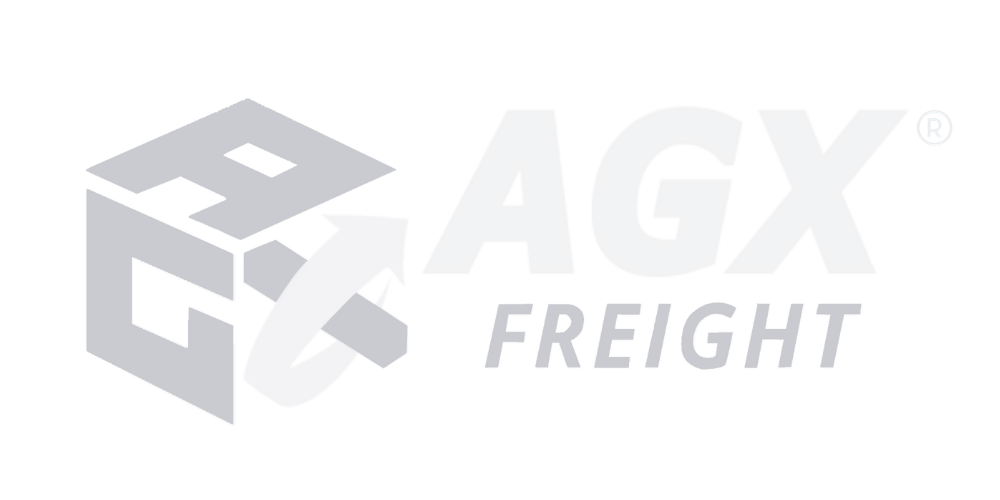Decoding the Economic Currents: Truckload Freight Market in the United States
In the vast landscape of the United States economy, few sectors are as integral and dynamic as the truckload freight market. Nearly everything purchased in the United States has been on at least one truck to make it to the end consumer. The state of this market not only reflects the health of various industries but also serves as a barometer for the overall economic climate. As we delve into the economic currents of the truckload freight market, it becomes evident that it is a complex ecosystem influenced by numerous factors ranging from technological advancements to geopolitical shifts.
At its core, the truckload freight market is driven by supply and demand dynamics. In recent years, the market has experienced notable fluctuations, shaped by factors both domestic and global. The rise of e-commerce, for instance, has led to an increased demand for transportation services to facilitate the movement of goods from warehouses to consumers' doorsteps. Surges in demand puts pressure on trucking capacity, leading to tightening markets and higher freight rates.
The truckload freight market is also sensitive to macroeconomic trends and geopolitical developments. Trade tensions, tariffs, and currency fluctuations can disrupt global supply chains, affecting the flow of goods and demand for transportation services. Additionally, economic recessions or downturns can lead to decreased consumer spending and industrial activity, dampening demand for freight services.
In the aftermath of the COVID shutdown followed by overheated economic demand for goods, the truckload market expanded rapidly and broadly. New trucking companies totaled 109,340 in 2021 per FTR. Most were less than five trucks, but still a substantial increase in capacity. As of September 2023, 35,000 had gone out of business.
Trucking brokerages grew from just over 22,000 in 2020 to nearly 30,000 by the end of 2022. Roughly 1,500 have already gone out of business. I mention these two key metrics as it clearly demonstrates there was and still is too much available capacity for recent demand resulting in decreased rates. This feeds into the downward cycle and further threatens those organizations without adequate capital or the ability to scale down in response to deteriorating conditions.
As we look ahead, several key trends are likely to shape the economic state of the truckload freight market in the United States. The continued expansion of e-commerce, accelerated by shifts in consumer behavior and preferences, will drive sustained demand for freight transportation services. Simultaneously, efforts to modernize and upgrade the nation's infrastructure are expected to alleviate bottlenecks and improve the efficiency of freight movement. Further, and maybe most important is an overdue economic recovery. This should be on the horizon as most market troughs only last around two years.
To be sure, the economic state of the truckload freight market in the United States is a multifaceted landscape shaped by a myriad of factors. While demand-side forces such as e-commerce growth drive market expansion, supply-side challenges, technological advancements, legislation and macroeconomic trends exert significant influence. Navigating this complex terrain requires adaptability, innovation, and collaboration across the industry to ensure the efficient and sustainable movement of goods and the viability of individual organizations.
